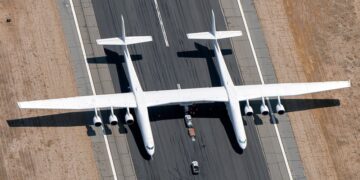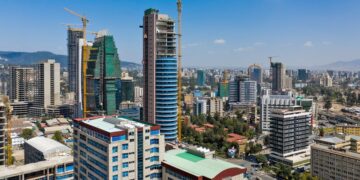Starlink, a satellite internet constellation developed by SpaceX, is rapidly reshaping the global internet landscape, especially in underserved or remote areas. Designed to offer high-speed, low-latency broadband, Starlink’s promise of worldwide coverage has attracted considerable attention from both individual users and enterprises. However, before opting for this service, it is crucial to understand its technology, benefits, limitations, and implications.
1. How Starlink works
Starlink uses a constellation of low Earth orbit (LEO) satellites to deliver internet services to ground-based users. Unlike traditional geostationary satellites that orbit at approximately 35,000 km, Starlink satellites orbit at altitudes ranging from 340 km to 1,200 km. This proximity significantly reduces latency and allows for faster data transmission, comparable to or better than many terrestrial internet connections.
2. Coverage and availability
One of Starlink’s most attractive features is its potential for global coverage, particularly in rural or geographically isolated regions. Starlink has achieved operational coverage in several countries, with ongoing efforts to expand across all continents. However, availability may still be limited by regulatory approvals and regional licensing constraints, making it essential for users to verify service status in their location.
3. Internet speeds and latency
Starlink currently offers download speeds ranging from 25 Mbps to over 200 Mbps, depending on network congestion and geographic location. Upload speeds typically range between 5 Mbps and 20 Mbps, with latency between 20 ms and 50 ms – suitable for online gaming, video conferencing, and streaming. Performance may vary with weather conditions, obstructions like trees or buildings, and the number of active users.
4. Equipment requirements
To access Starlink, users must purchase a Starlink Kit, which includes a phased-array satellite dish (known as “Dishy McFlatface”), a Wi-Fi router, power supply, and mounting hardware. The dish is self-orienting and relatively easy to install but requires a clear line of sight to the sky for optimal performance. Equipment costs vary from country to country, with additional fees for premium mounting options or accessories.
5. Subscription costs
Starlink’s monthly service fee for standard residential users varies by region or service tier. Business, RV, and maritime users can expect higher rates, reflecting enhanced service levels or mobile connectivity options. There are currently no data caps for most users, but performance may be deprioritized during peak usage hours under a “Best Effort” service model.
6. Portability and mobile options
Starlink offers a “Roam” service (formerly known as Starlink for RVs), allowing users to take their internet service with them across supported regions. This is especially valuable for digital nomads, campers, and travelers who require reliable connectivity on the move. However, roaming service may be deprioritized in areas of high network usage, and consistent connectivity depends on satellite coverage in the region.
7. Installation and setup
Starlink’s user-friendly hardware allows for do-it-yourself installation with minimal technical expertise. The Starlink app assists users in selecting the best installation site by detecting obstructions and guiding dish orientation. Professional installation services may be available in select markets but typically come at an added cost.
8. Reliability and weather impact
While Starlink performs reliably under most conditions, weather can still impact performance. Heavy rain, snow, or thick cloud cover can cause temporary degradation in signal quality or brief service interruptions. Nonetheless, the system is designed to withstand a range of environmental conditions, and thermal self-heating features help melt snow off the dish in colder climates.
9. Regulatory and geopolitical considerations
Starlink’s deployment is subject to national regulatory approvals, which may affect where and how the service is available. In some countries, Starlink has faced bans or restrictions due to concerns over sovereignty, spectrum usage, or competition with state-run telecom providers. Prospective users should stay informed about local regulations and Starlink’s legal status in their country.
10. Environmental and astronomical concerns
The rapid deployment of thousands of satellites has raised concerns among astronomers and environmentalists. Starlink satellites can interfere with astronomical observations due to their reflective surfaces, especially during twilight. SpaceX has attempted to mitigate these effects by using “dark-sat” coatings and sun visors, but concerns about orbital congestion and long-term sustainability remain.
11. Future prospects and technological upgrades
Starlink continues to evolve, with plans to launch thousands more satellites and improve ground infrastructure. Upcoming enhancements include laser-based inter-satellite links, which will allow faster data routing without reliance on ground stations. These upgrades are expected to further enhance speed, reduce latency, and extend global reach, especially in polar and oceanic regions.
Final thoughts
Starlink represents a transformative shift in the way internet is delivered, offering new possibilities for global connectivity. Its benefits are particularly pronounced in remote or underserved areas, where traditional ISPs fall short. However, understanding its technical aspects, cost implications, and limitations is essential for making an informed decision. As with any technology, potential users should weigh the pros and cons in the context of their specific needs and environment.


































































































































































































